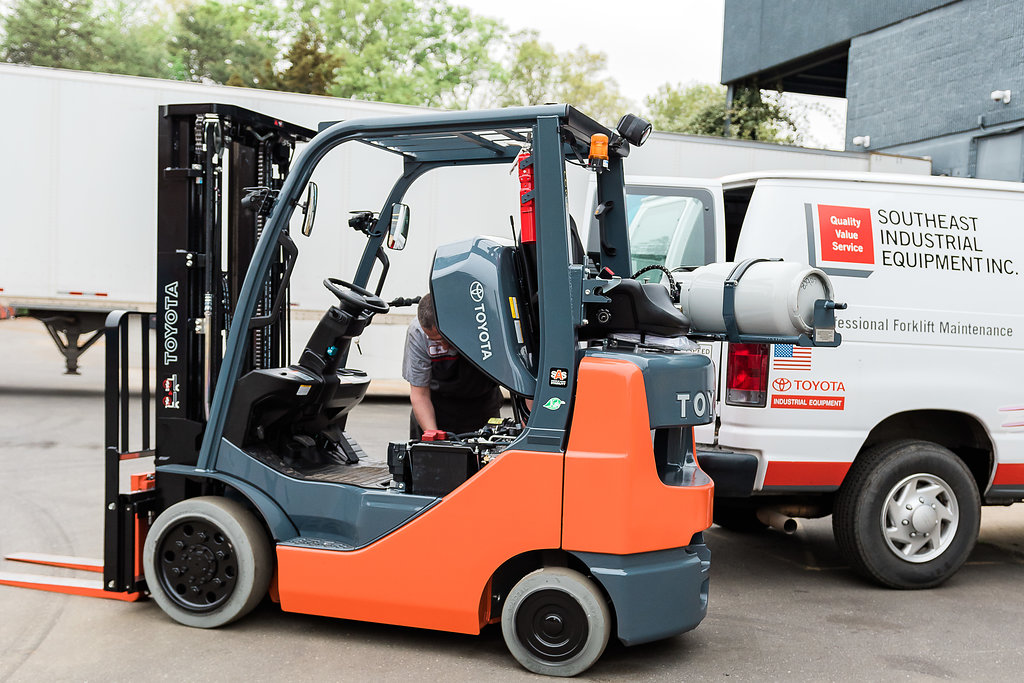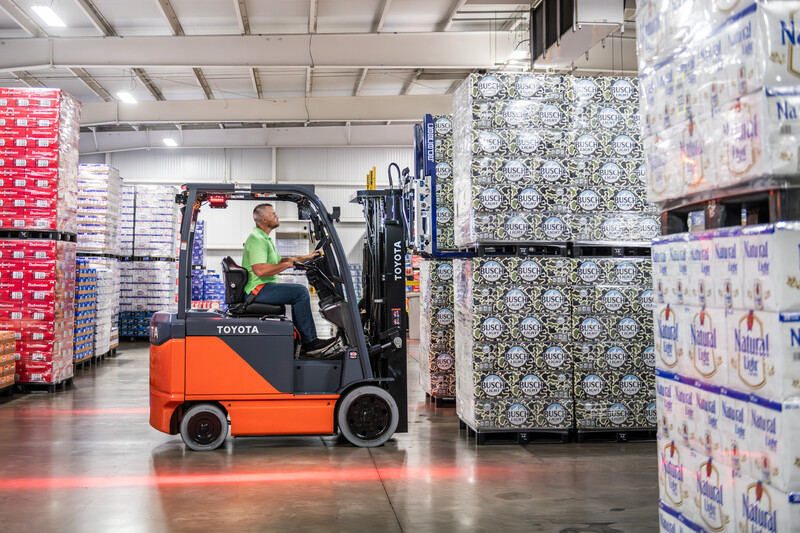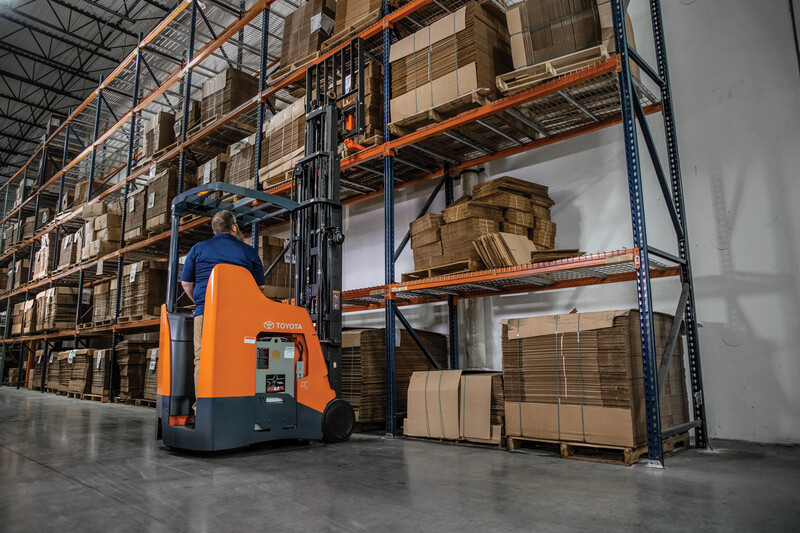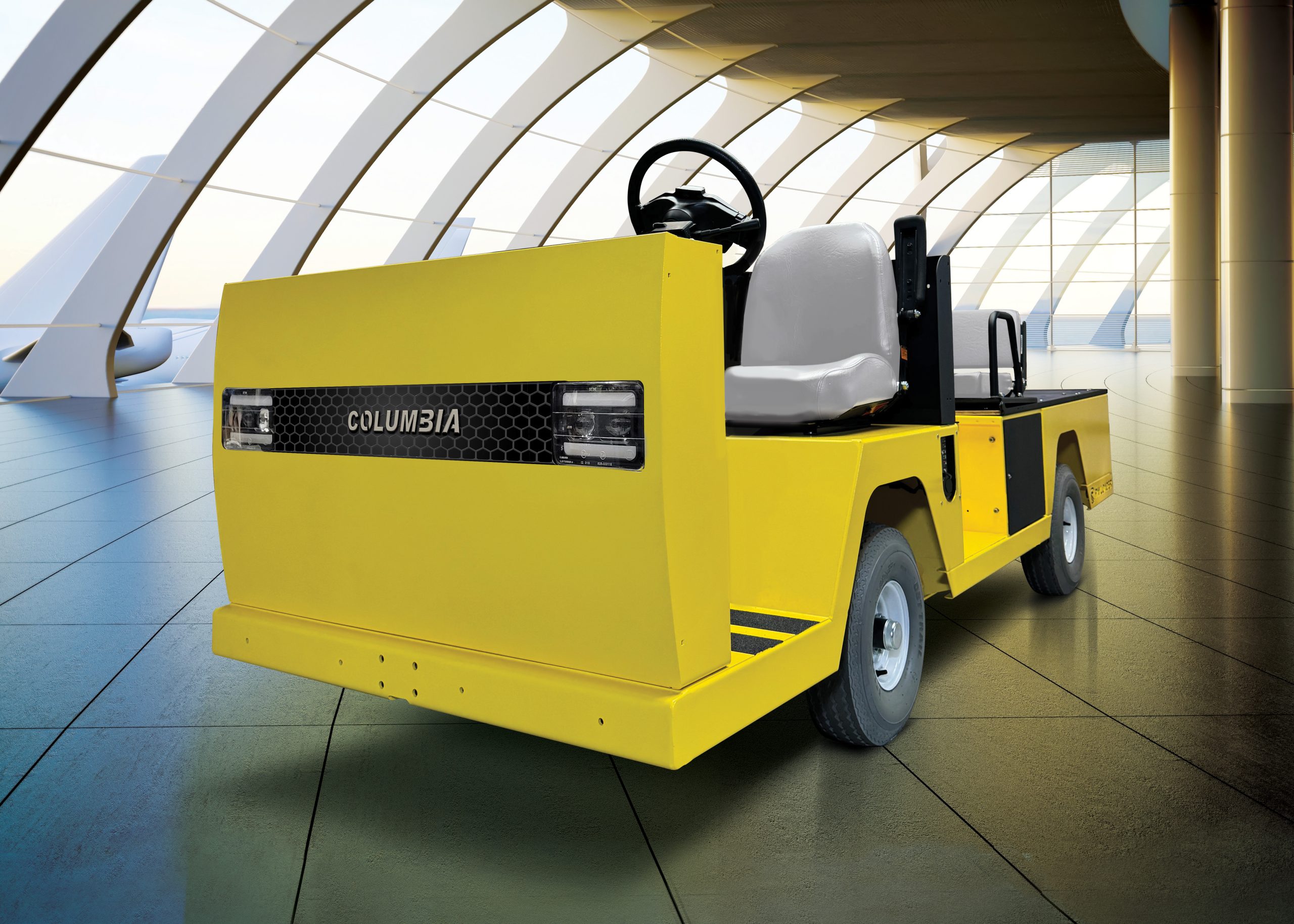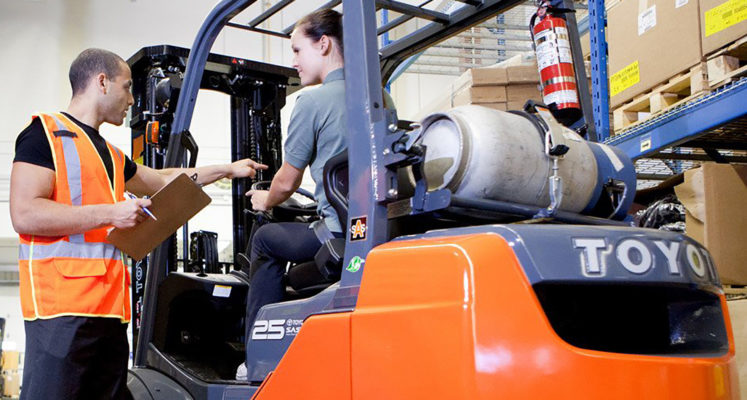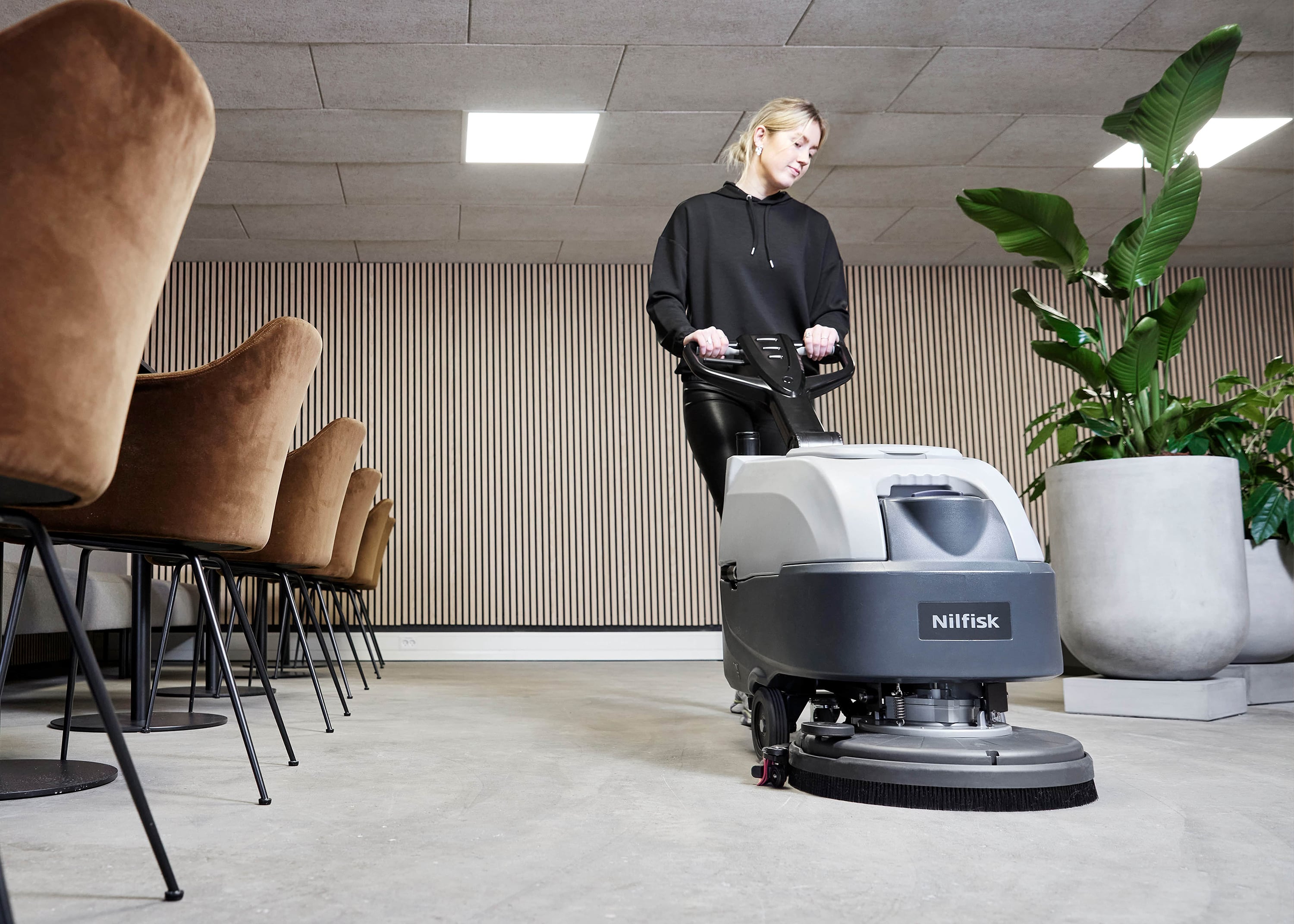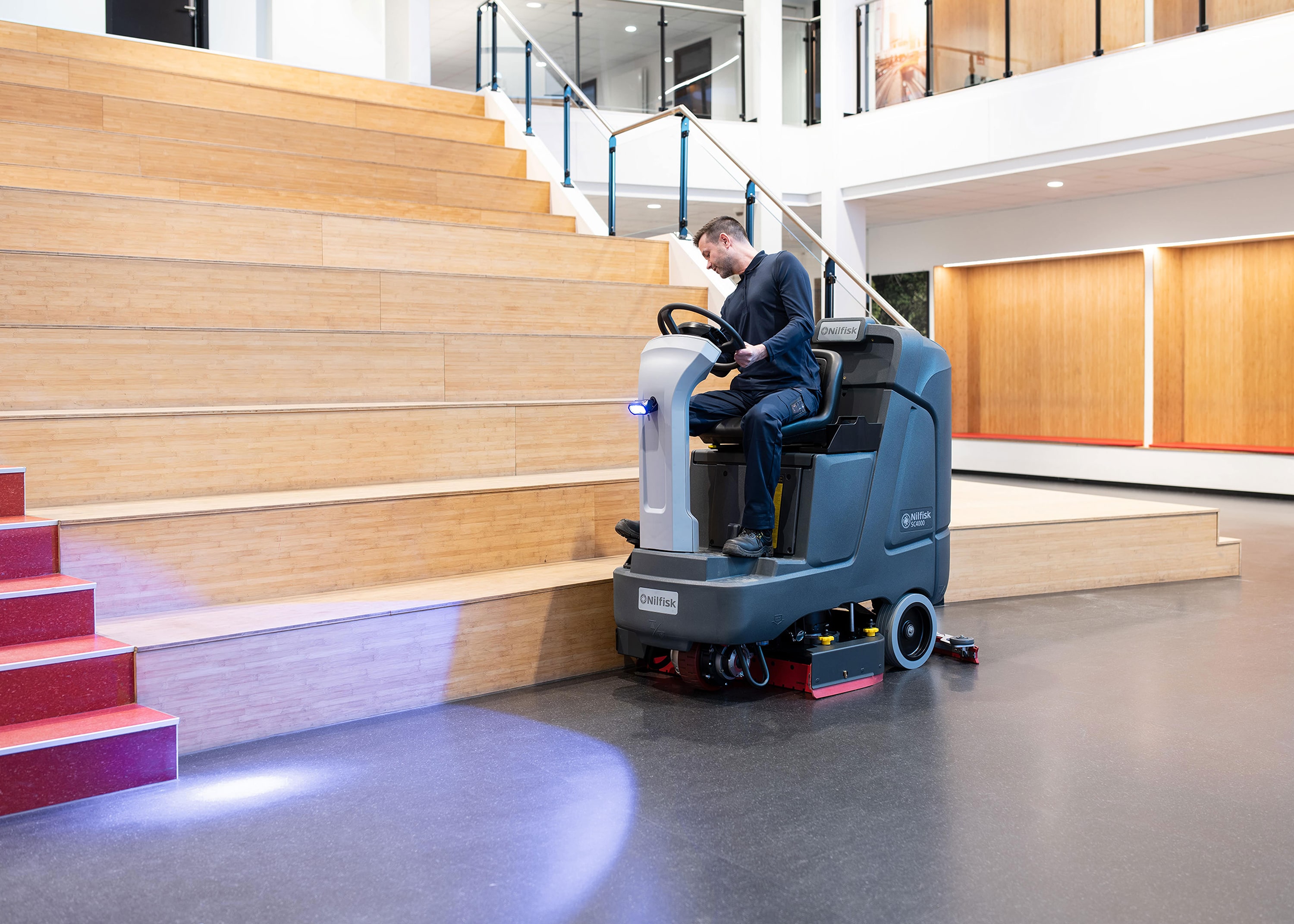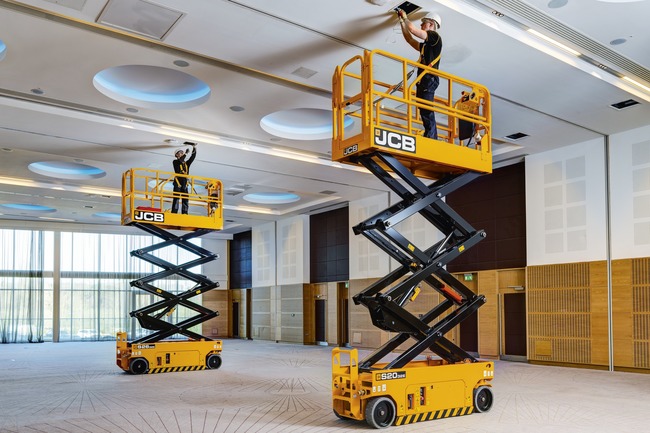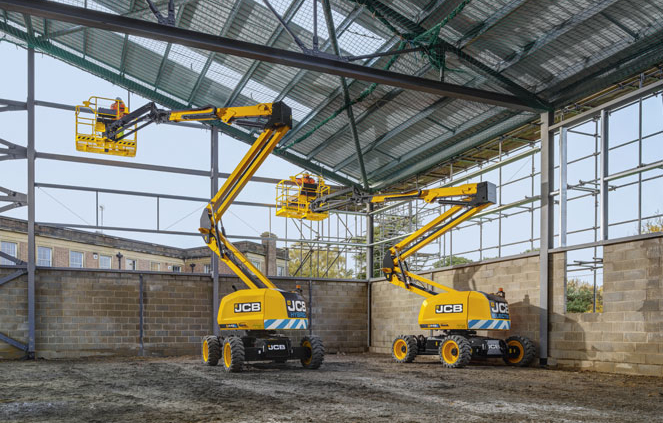When it comes to handling heavy loads efficiently and safely in industrial and commercial settings, the Columbia Payloader stands out as a reliable, high-performance utility vehicle. Designed with power, versatility, and operator comfort in mind, the Payloader is a top choice for facilities that require dependable transportation and hauling solutions. Whether you’re working in a warehouse, manufacturing plant, campus, or airport, this electric vehicle delivers performance without compromise. Let’s take a closer look at the top features and benefits of the Columbia Payloader.
1. Heavy-Duty Load Capacity
One of the key strengths of the Columbia Payloader is its impressive hauling power. With models offering payload capacities up to 4,000 lbs and towing capacities up to 18,000 lbs, this vehicle is built to move serious weight. Whether you’re transporting equipment, parts, or materials, the Payloader handles the job with ease, reducing the need for multiple trips or larger fuel-powered vehicles.
2. All-Electric, Zero Emissions
The Payloader is a fully electric utility vehicle, which means no fuel costs and no emissions. This makes it an environmentally friendly option, especially in indoor settings or operations focused on sustainability. Its quiet motor also makes it ideal for noise-sensitive environments like hospitals, campuses, and resorts.
3. Versatile Configurations
From flatbeds to box beds and customizable cargo options, the Columbia Payloader is available in multiple configurations to suit a wide range of applications. Whether you’re transporting tools, equipment, or supplies, there’s a model that fits your exact needs. It can also be customized with features like ladder racks, stake sides, and more.
4. Durable, Industrial-Grade Design
Built with rugged steel construction and engineered for daily industrial use, the Columbia Payloader is made to last. Its robust frame and components are designed to withstand tough working conditions, ensuring minimal downtime and long-term value.
5. Comfortable and Safe Operation
With ergonomic seating, intuitive controls, and excellent visibility, the Payloader prioritizes operator comfort and safety. Its low step-in height makes it easy to access, and features like seatbelts, LED lighting, and backup alarms enhance safety during operation.
6. Easy Maintenance and Low Operating Costs
Because it’s electric and has fewer moving parts than a traditional gas-powered vehicle, the Payloader requires less routine maintenance. That translates into lower total cost of ownership, making it a smart investment for businesses looking to cut operating costs over time.
The Columbia Payloader is more than just a utility vehicle—it’s a powerful, efficient, and sustainable solution for material transport. With its high load capacity, zero-emission performance, and customizable design, it’s an ideal fit for a wide range of industries. If you’re looking to boost productivity while keeping operating costs low, the Columbia Payloader delivers the performance you need with the reliability you expect.

